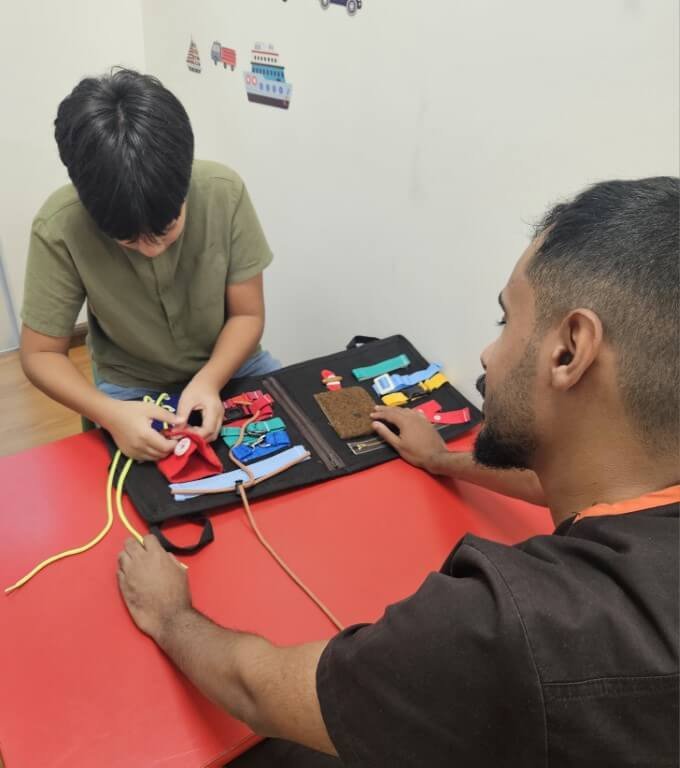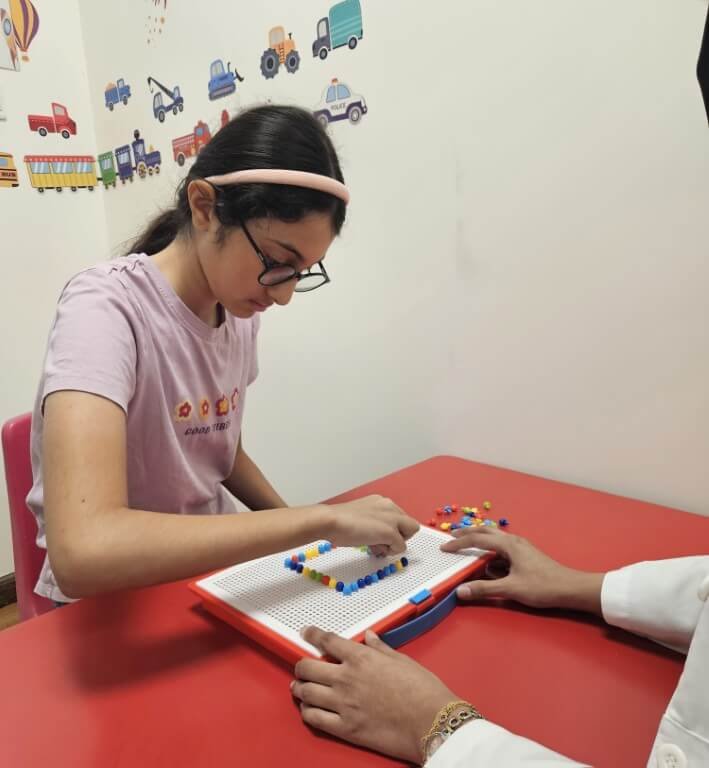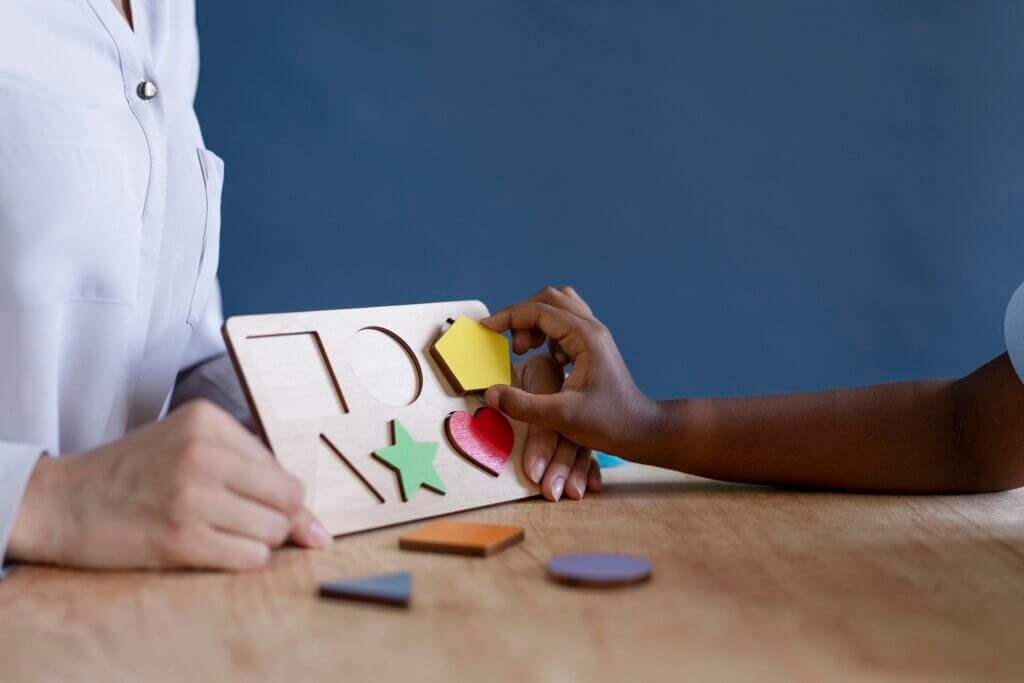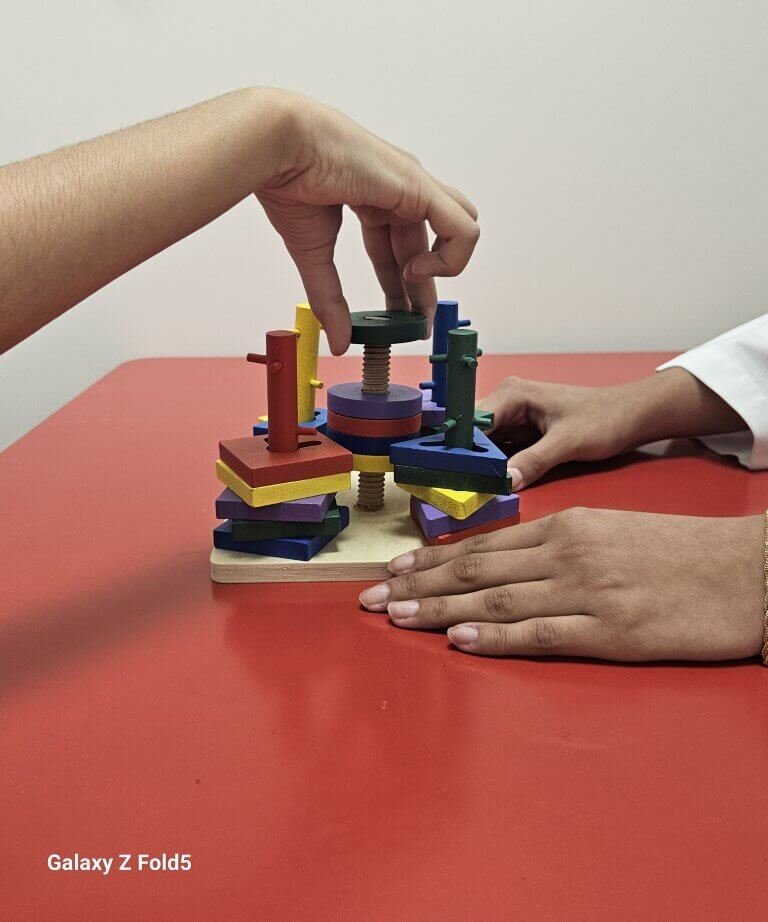
- Comprehensive physical assessment:
- Body measurements: The child's body dimensions are accurately measured to determine the appropriate size of the chair.
- Movement evaluation: The child's range of motion, muscle strength, and balance are assessed.
- Physical status assessment: The child's posture while sitting and standing is evaluated to identify any abnormalities or problems that may require special adjustments to the chair.
- Choosing a chair:
- Chair type: The type of chair is chosen based on the child's needs, whether it is a manual or electric chair, a fixed or foldable chair.
- Additional features: Additional features such as headrests, armrests and waist support are chosen based on the child's needs.
- Modifications:
- Height adjustment: The seat and footrests are adjustable in height to ensure a comfortable and supportive seating position.
- Adjusting angles: The seat and backrest angles are adjusted to provide the necessary support for the child.
- Adding auxiliary devices: Assistive devices such as seat belts or special cushions may be added to provide additional support and stability.
- Training:
- Child training: The child is trained on how to control and use the wheelchair safely.
- Family training: The family is trained on how to transport the child in the wheelchair and how to make the necessary adjustments.











